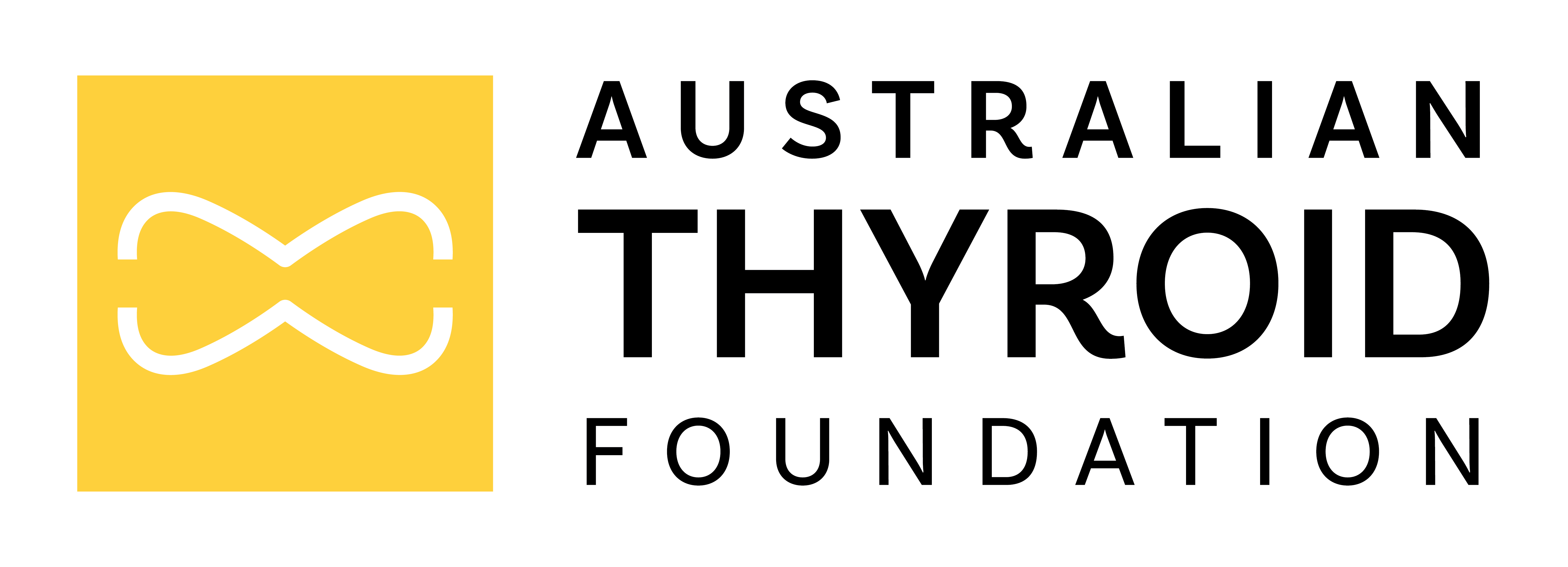IODINE CONTAINING CONTRAST SOLUTIONS
Used in CT scans & other X-Rays
Dr J.R.Stockigt, Endocrinologist – The Alfred Hospital – Melbourne Vic.
Published In The ATF Newsletter No 13 September 1999
Q1. What reaction or side effects could occur when iodine-containing contrast solutions are given in preparation for computerized tomography (CT) scans or other X rays
Iodine and the amino acid tyrosine form the building blocks for the thyroid hormones. While insufficient iodine can lead to thyroid deficiency, a sudden increase in iodine supply can precipitate thyrotoxicosis especially in people with a pre-existing, perhaps unrecognised, goitre.
Iodine-induced thyrotoxicosis can occur 1-4 months after Iodine exposure, by which time the X ray investigation may have been forgotten, Up to 20% of elderly people found to be thyrotoxic may have a recent history of iodine exposure, which suggests that the problem may be quite common. Especially in elderly people with heart disease, iodine-induced thyrotoxicosis can be life threatening and is often difficult to control with medications, In extreme cases of resistant thyrotoxicosis, emergency surgery sometime needs to be considered.
Substances that are taken orally for bowel X rays do not create this problem. Contrast agents given for magnetic resonance imaging (MRI) or isotopes used in nuclear medicine, including radioactive iodine, are also safe from this point of view.
Many CT scans give valuable information without iodine containing contrast agents, which should be avoided wherever possible in patients with known goitre or thyroid disease. Where an iodine-containing contrasts agent has to be used , short tem treatment with a drug such as neomercazole over the period of the scan may decrease the chance of subsequent thyrotoxicosis.
Q2. How does this affect those taking either thyroxine or antithyroid medications such as neomercazole?
Iodine-containing contrast agents do not influence the effectiveness of thyroxine treatment, but they often decrease the effectiveness of antithyroid agents such as neomercazole or propylthiouracil (PTU). Higher than normal doses may need to be given. Previous flooding of the thyroid gland with iodine also makes it impossible to use radioactive iodine for the treatment of thyrotoxicosis until the excess iodine is eliminated over weeks or months.
Q3. Would the situation be different for those who have had previous thyroid surgery?
The situation in patients who have had previous thyroid surgery is quite complex. Depending on the state of the thyroid gland after surgery, iodine excess can precipitate thyrotoxicosis, or in some circumstances could aggravate hypothyroidism.
Patients with know goitre or a history of thyrotoxicosis should make this known before any investigation that uses an iodine-containing contrast agent, such as CT scanning or angiography. Whenever a sudden change in thyroid function occurs, it is important for the physician to consider the possibility of a recent iodine load.
- Home
- Article_018
